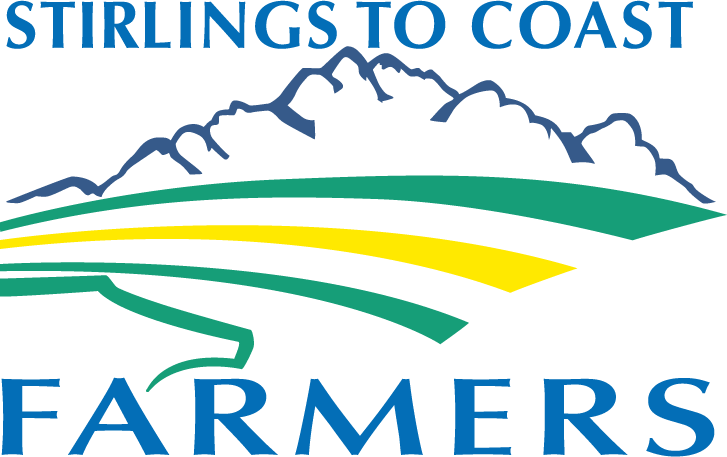Investigating late winter and early spring cereal cropping opportunities for grain growers following autumn waterlogging
The GRDC has invested in a late sown cereal project led by Stirlings to Coast Farmers and collaborating with South East Premium Wheat growers Association (SEPWA), and the Fitzgerald Biosphere Group (FBG). Nutrien Ag Solutions are also partners in the project and will grow and manage replicated trials at two sites in the Albany Port Zone.
Project Background:
This project will examine the viability and productivity of late winter and early spring seeding of cereal varieties in the Southern region of Western Australia. The trials will assess which varieties are most suitable to being seeded later in the season as a mitigation strategy to water logging. This Project has been developed in response to recent waterlogging events. In the Albany Port Zone in 2021 and Esperance Port Zone in 2021 and 2022, large areas of crops remained unplanted well into August and September due to the highly waterlogged soils making the paddocks untrafficable.
Growers and consultants within the APZ and EPZ have expressed a desire to know what the most profitable and productive barley and wheat varieties, and how to manage these crops when sowing so late in the growing season. However, there is no publicly available data on late sowing wheat and barley for growers to reference to help them decide what to plant in these situations. Given waterlogging is a relatively common occurrence in the APZ and the EPZ, it is imperative that farmers have resources to lean on in order to mitigate losses, and maximise the productivity that can be generated from late seeding. This project will aim to fill this knowledge gap, by providing locally relevant data that will be provided directly to local growers and consultants.
METHOD:
The project plan involves four separate small plot trials of wheat and barley with three different times of sowing for each trial site. There will be two small plot trials carried out in the Albany Port Zone (APZ) and two small plot trials in the Esperance Port Zone (EPZ).
All four trial sites will be subject to the same treatments and methodology to allow for an analysis across regions. The trial will be managed at the four sites by subcontracted trial machinery providers, with the extension, monitoring and analysis to be conducted by the contracted grower groups. The results will be anaylsed by both the grower group staff and the SAGI West.
The small plot trials will feature the following:
The cereal trial will feature 5 varietal treatments:
3 Barley – Maximus, Planet & Rosalind – 180 plants per m2
2 Wheat – Vixen, Sceptre – 150 plants per m2
Three times of sowing:
2nd week of August 1st week of Sept and 3rd week of Sept
Nutrition packages
Compound to target 14kg/ha P
Nitrogen at seeding 40kg/ha – Package 1
Nitrogen at seeding 80kg/ha – Package 2
Three TOS blocks with 12 randomised wheat treatments and 18 randomised barley treatments. Totalling 90 plots.
SCF – Optional Extra
Seeding rate trial – increase seeding rate by approx. 30% on one variety of wheat and barley.
Maximus – target density 230 plants per m2
Sceptre – Target density 200 plants per m2
RESOURCES
ACKNOWLEDGEMENT
Stirlings to Coast Farmers and our collaborating partners would like to thank the GRDC for investing in this project.


